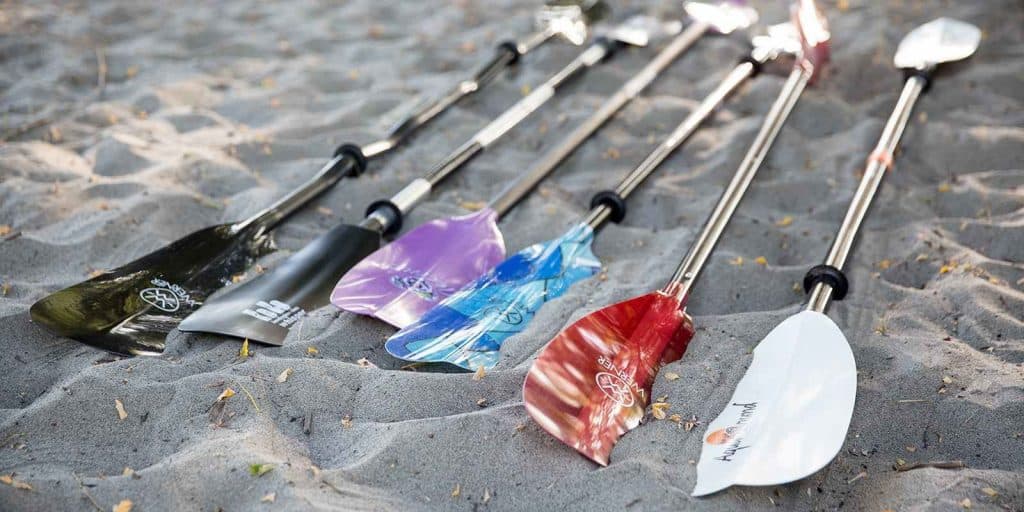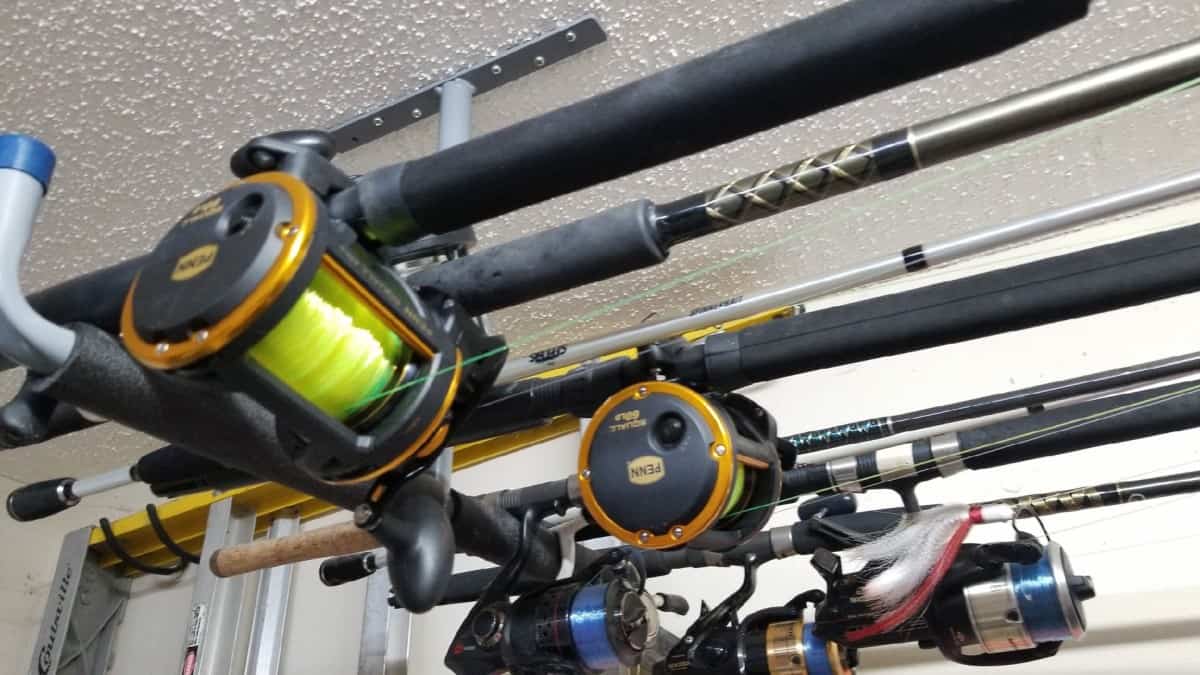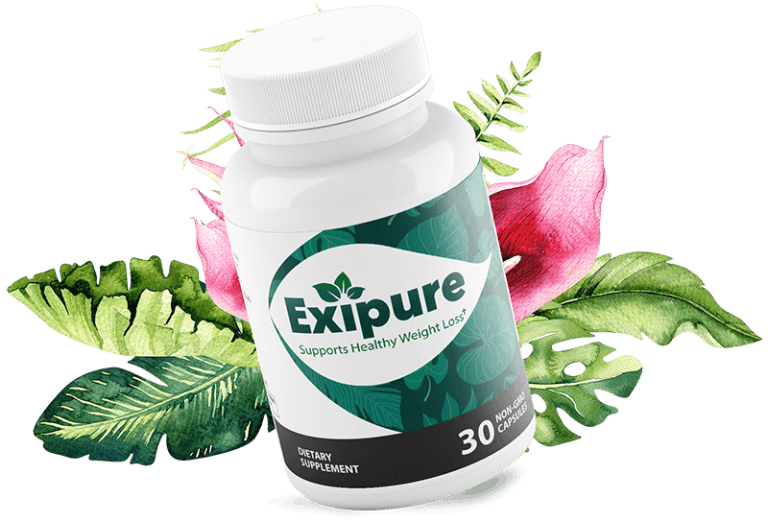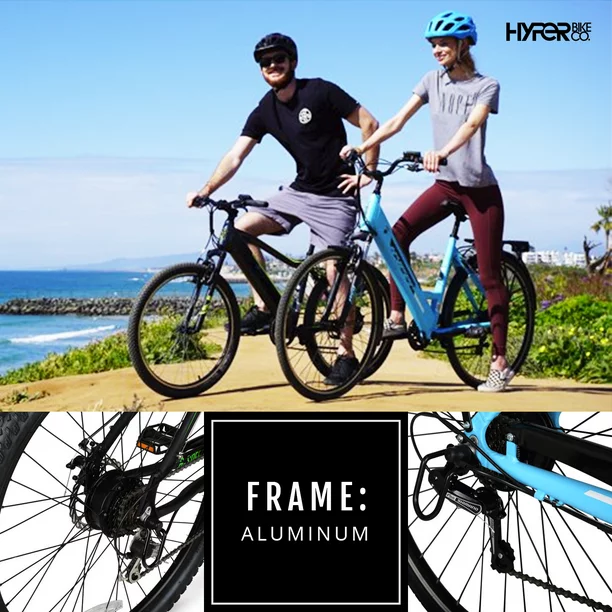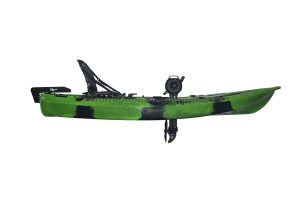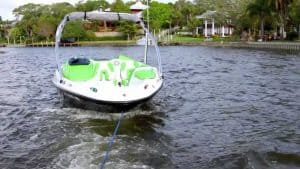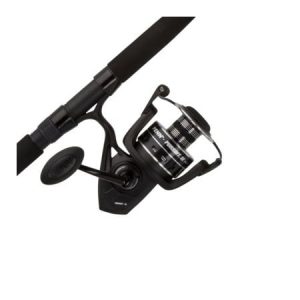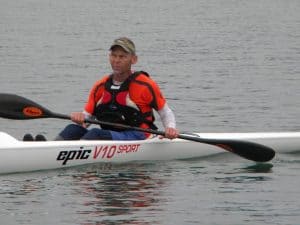The store I went to was REI to get more information about buying the right paddle for my new kayak. There are a few thing to think about shift, blade, material and price, and last length. By choosing the right paddle you can save yourself a lot energy. Here is some information from REI:
Figuring out the right size (length) of paddle is surprisingly straightforward. The wider your boat is, the longer your paddle needs to be. Your height is also a factor, especially for a narrower boat: Taller paddlers need longer paddles.
Blade Materials
The truism that saving weight raises both performance and price holds here, too. Because you raise your blade higher than your shaft, lightweight materials there pay off in greater fatigue reduction. Different blade materials also differ in how well they transfer energy to your stroke.
“Plastic” is a generic term here. In specs you’ll see variations like “polymer” or “polypropylene,” or plastic blends infused with nylon or fiberglass. Each might produce a modest gain in performance (and price). And “composite” is a catchall term for carbon-fiber and fiberglass.
Plastic/Nylon Blades
The low-price leader, plastic is often chosen by recreational paddlers who think it’s indestructible. It can crack, though, and degrades when left in the sun. Plastic’s flexibility might prevent it from snapping in two, but flexibility in the water sacrifices efficiency on your stroke.
Fiberglass Blades
In the middle of the price range, these offer excellent performance and durability. More lightweight than plastic, a fiberglass blade might chip, but it usually won’t crack all the way through. Rigid fiberglass blades are efficient in the water.
Carbon-Fiber Blades
If you’re willing to pay top dollar for top performance, go with carbon-fiber. Truly ultralight, it’s also ultrastiff for excellent energy transfer with each stroke.
Shaft Materials
Plastic shafts are rare. Aluminum, the most wallet-friendly shaft material, is durable and serviceable. It can also get really cold or hot, so you might want to glove-up before you grab it in cold weather, and you should stow it in the shade when it’s hot out.
Next I looked at outsidepursuits get more information on paddles and what I can recommend to my readers. Here is what outsidepursuits has to say:
Bending Branches was started in 1982 and have over 35 year experience making composite paddles. To this day they still make their paddles in Wisconsin to have full control over product quality.
The Angler classic continues Bending Branches tradition of quality products and the Classic does not disappoint. It has a carbon fiber shaft for strength and durability with nylon blades with fiberglass reinforcement.
One of its best features is the 3 button snap ferrule that allows you to adjust the feathering angle between 0 and 60 degrees.
2. The Werner Camano paddle is a high-end paddle that features a carbon fiber shaft for the ultimate in strength and making it a very lightweight kayak paddle.
It is incredibly durable that will stand up the harshest of abuse. The blades are of an advanced design that are made of impact resistant glass and nylon for durability and efficient paddling.
The dihedral shape of the paddle gives you smooth and stable paddling, especially important for long distance paddling
3. The Cannon paddle is probably the perfect entry level kayak paddle. It features an aircraft grade, anodized aluminum shaft that is extremely lightweight and durable.
The shaft has 3 offset angles so you can adjust it to your desired paddle angle and is a two-piece design.
The grips are ergonomically designed for comfort, so all day paddling is not a problem.
4. After using my Advanced Elements inflatable kayak for a while I wanted to upgrade to a better paddle and figured I would give their paddle a try.
This is a very lightweight paddle (2.7 Pounds) with an aircraft grade aluminum shaft and blades made from nylon that are reinforced with glass fibers.
This is paddle comes apart into 4 sections and packs down to 25 inches, for the ultimate in portability.

The next store I shopped at online is saltstong.com it talks mainly about fishing in a kayak. They are a guide to buy a kayak for fishing and they also sale a Live Bait Fishing Blueprint book. Here is some information the share with online about paddle:
When choosing a kayak paddle, there are TWO BIG factors that you must be aware of:
- Length of the paddle
- Weight of the paddle.
Here are some simple kayak paddle rules:
- If your kayak paddle is too long, you will find yourself zig-zagging as you paddle.
- If it is too short, you will find yourself having to reach to put the blade in the water.
- If it’s too heavy, you aren’t going to be able to paddle as far or as long as you want
You may also tend to hit your knuckles on the sides of your kayak if your paddle is too short.
The general rule of thumb when choosing a paddle for kayak fishing is the wider your kayak is, the longer the paddle will have to be. Their sizes are measured in centimeters and range from 210cm – 260cm.
Here is a standard chart that can assist you in choosing the proper length paddle.
Of course the taller you are, go with the longer paddle for the given kayak width.
If your kayak paddle is heavy, you will quickly fatigue yourself on the water, and can also injure yourself.
The most affordable and lightweight paddle you can purchase would be an all fiberglass paddle which can range from around $60 – $100.
However, I do NOT recommend going cheap on your paddle!
Your paddle is your means of getting back home at the end of the day. You wouldn’t purposely go cheap on a boat motor, so don’t do it with your paddle.
REI.com has the most infomation, but there is one more store I would like to share you, we all have heard walmart and we most likely think only buying our weeks gorgeries but the do sale more then what we sometime think they do. Here is the information I find from walmart:
For some paddlers, only a kayak will do. This small, light watercraft is propelled by a double-bladed paddle, and you can choose sit-in or sit-on models for solo or tandem paddling.
Where you plan to use your kayak is an important consideration when purchasing one. For lakes, slow-moving rivers, and warm coastal waters, a sit-on kayak makes a wise choice. The design of sit-on kayaks prevents the feeling of claustrophobia and allows for easy exiting in case you capsize. When shopping for a sit-on kayak, fishing enthusiasts should look for products with built-in rod holders.
If you enjoy longer destination paddling, consider a sit-in kayak. These products track straight, move faster, and often have covered compartments for cargo. Your body position in a sit-in kayak allows for better control in rough water, but paddlers of these crafts need to know how to perform a wet exit when the kayak capsizes. For paddling long distances in large lakes or oceans, purchase a touring (sit-in) kayak. These lengthier kayaks travel fast and feature a rudder or skeg (a drop-down fin) to handle wind and currents.
Are you interested in close-to-shore paddling or kids’ kayaks? You’ll likely do well with inflatables. These blow-up kayaks save on storage space, and they’re surprisingly durable. Because they bounce off large rocks and other obstacles easily, inflatable kayaks also make a fun option for river paddling.
What kind of brands are there for kayak paddles?
There are a number of paddle brands for kayaks, Werner is a good brand I have seen a lot of as I shop for a paddle for my kayak, Pelican, Xgear, Aqua Bound, and manny more.
What is the shortest kayak paddle length?
Was 72.22″ the shortest kayak paddle, we get more information from padding,com and written by Tom Watson:
The industry standard is to use metric units to measure and describe paddle lengths. Tell a fellow kayaker you use a 72.22″ paddle and you’ll probably get a blank stare. Say you need a 220cm, however, and most everyone will immediately know – and picture – what length you are talking about.
If you are still a little rusty on your innate metric conversion abilities, know this: 2.54 centimeters (cm) = 1″. Keep this in mind when you are comparing the difference in length between a 220cm and a 230cm paddle. We are talking 3.9″; that’s slightly less than a 2″ difference on each end – out to the blade tip from the center of the shaft.
What is the weight of a kayak paddle?
Weight may vary, but here is some information rom Amazon.com:
| Weight: | 27.5 oz. | 39 oz | 34 oz |
Weight depends the material and length.
Helpful Youtube Video Titled “How To Pick A Kayak Paddle Size – Expert Help!”:
Please visit our Sponsors:
